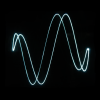I know there are already threads that touch on this subject, but I wanted something localized to Central and Southern Utah, even if many of the same principles could be applied throughout the southwest. My hope is to help those trying to get into desert anting in the region.
Nearly all the ant species in southern Utah rely on rain to trigger flights. Because this is such an integral part of anting in the desert, I thought I should share some of my experience leading up to a thunderstorm, and the nuptial flights preceding it.
Locating a Storm:
This can be one of the most challenging aspects of desert anting initially: finding a thunderstorm. In many places in central Utah and the west desert, rain will maybe fall a few times over the entire summer. This means every storm is a valuable chance to find queens in a narrow window of time. To find such storms, I use multiple free apps and websites. What you want to see is a heavy burst of rainfall. Because the ground is so dry, you want at least enough rain to see standing water and signs of flash floods. In central Utah this means at least 0.2 inches in an hour. Of course the more the better.
Most of the storms that fall into these criteria will be single-cell supercells. They can be seen from a distance with a distinct column of rain, along with the classic anvil shape of a Cumulonimbus cloud formation. During the monsoon, multi-cell storms are common and will yield the same effect. These monsoon storms will likely flow from southern high pressure systems, and a true monsoon storm system will likely be traveling N or NE.
***Just be sure the location will be traversable before and after the storm, taking into account any road flooding.
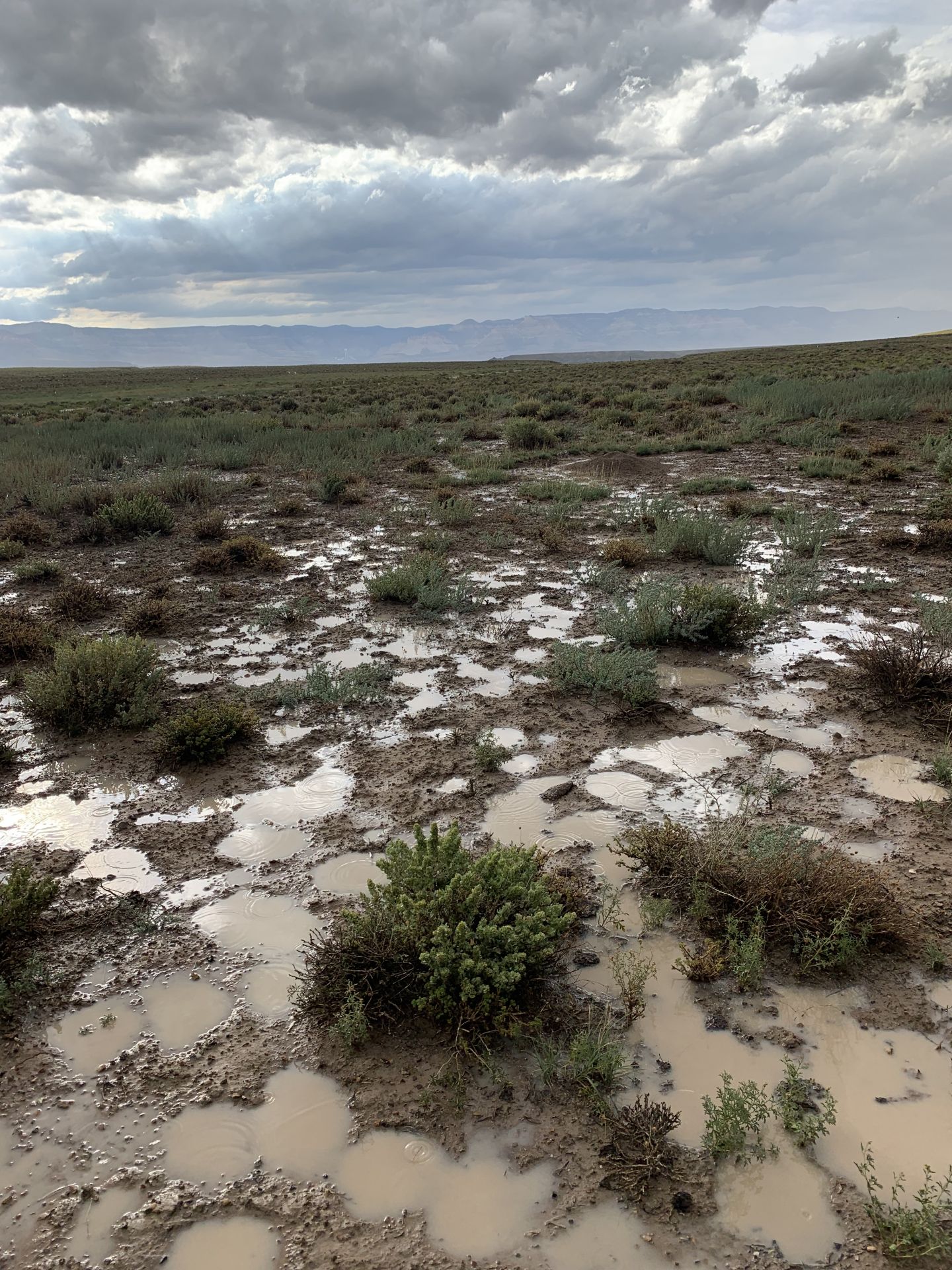
An example of sufficient rainfall.
I listed some of the resources often used below:
The Weather Channel (not always accurate for the deep deserts but still useful)
AccuWeather Storm Radar
Rainfall accumulation estimate
Another rainfall accumulation and flash flood indicator (water.noaa.gov)
I've also used traffic cameras to check on weather in cities near the target location.
*If you have other sites you like to use feel free to add them to the list.
Timing.
Rainfall at night will yield flights the next day, and the day after.
Rainfall in the morning and afternoon will yield flights that evening, and a few days after.
Here are the usual times some desert ants will fly in Utah:
- Pogonomyrmex occidentalis, look after a 24 hour interval has passed from the last of the recorded rainfall for queens running around during the morning to evening.
- For Myrmecocystus mexicanus, Dorymyrmyex bicolor/insanus, and Pheidole ceres, look during the first evening/night after the rain storm.
- For many desert Crematogaster species, look on warm evenings/nights preceding the storm.
- For Solenopsis xyloni, look right after the rain storm. Solenopsis molesta often can be found in the evenings after a storm.
- Based on what I've seen most desert Formica will fly the Morning after the Storm for concentrated flights. Looking later in the day will yield wingless queens.
Once you see a suitable projected or radar estimated amount of rainfall, you'll need to make some quick choices: whether to go the night of the rain storm or the day after. Take a look at iNaturalist, antMaps/wiki, and other resources and find what species could be in the area and plan around their flights. Personally I like to go for the evening flights, camp overnight and then locate Pogonomyrmex and Formica flights the next day. Alternatively locating founding chambers in the days after a storm is viable option, just be sure to go before the queens dig too deep, or another storm comes along and washes away any surface evidence of the chambers.
Other Factors
Heat and Humidity.
High humidity is always a good sign - it varies relatively form region to region and so it is smart to compare to the average humidity of days prior. Heat will mean queens will be walking around in the cooler times of day: In the Morning and around 4 PM to dusk. Conversely with relatively low temperatures and high humidity, you may be able to find queens throughout the day.
Cloud Cover and additional rain.
Cloud cover does not seem to have a huge effect on flights, but keep in mind clouds could mean more rain. Any additional rain during a flight will drive all the queens into hiding, if not drowning them outright. So be sure to make sure all rainfall has passed.
Wind speed.
Perhaps one of the most important things to look for is what the wind speed will be. I have most success looking for queens when the wind speed at dusk is 3-5mph or lower. A gusty day/night may make finding a mated queen very difficult.
Hopefully this gives someone insight to desert anting. It may take trial and error but the massive desert nuptial flights are very rewarding! Of course be careful of flash floods and sudden lightning storms. I've been caught in both before and safety is paramount. I'd love to hear about your experiences in Utah or in the SW in general when it comes to desert anting after storms.
2 pictures of desert Nuptial Flights
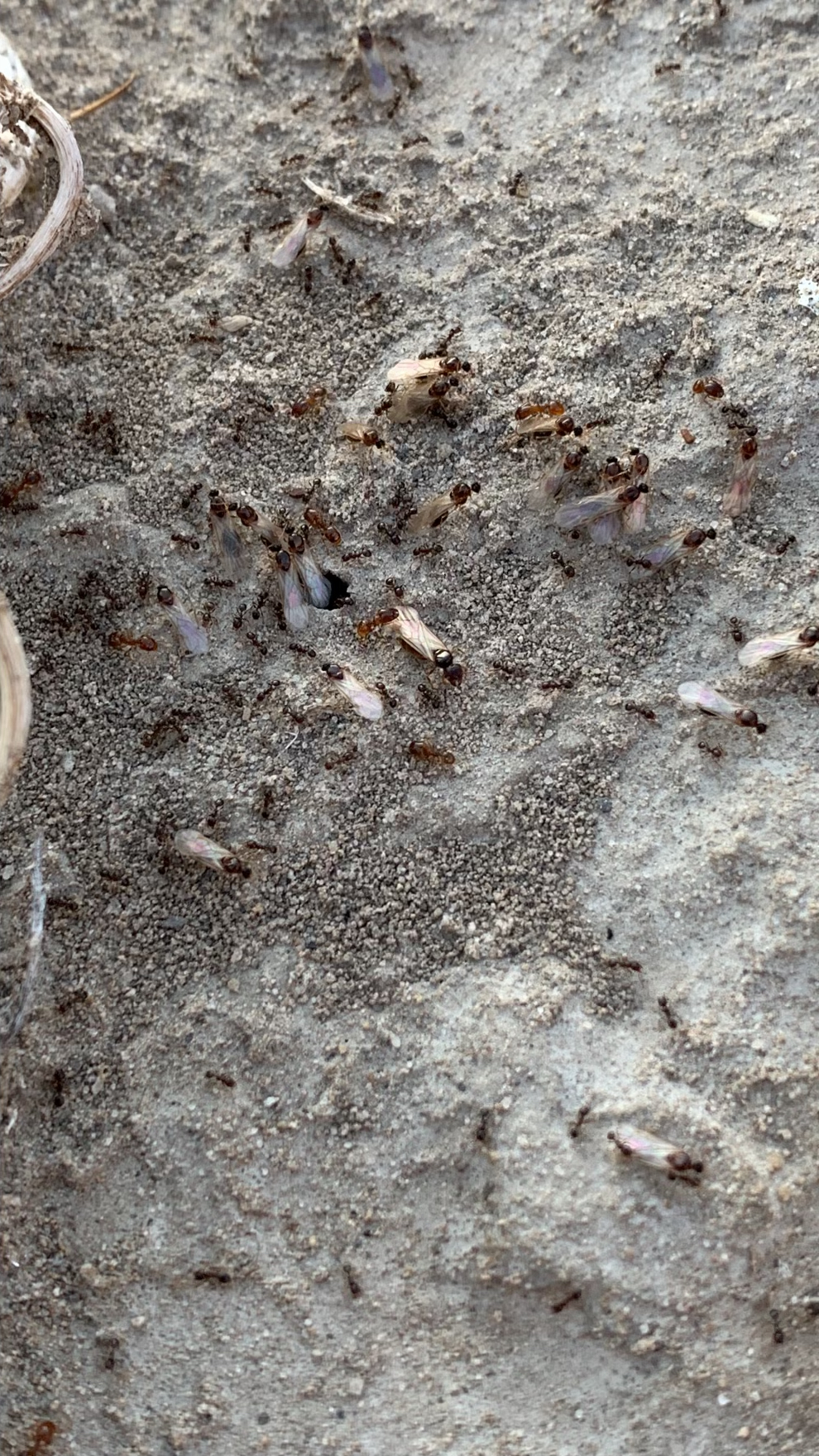
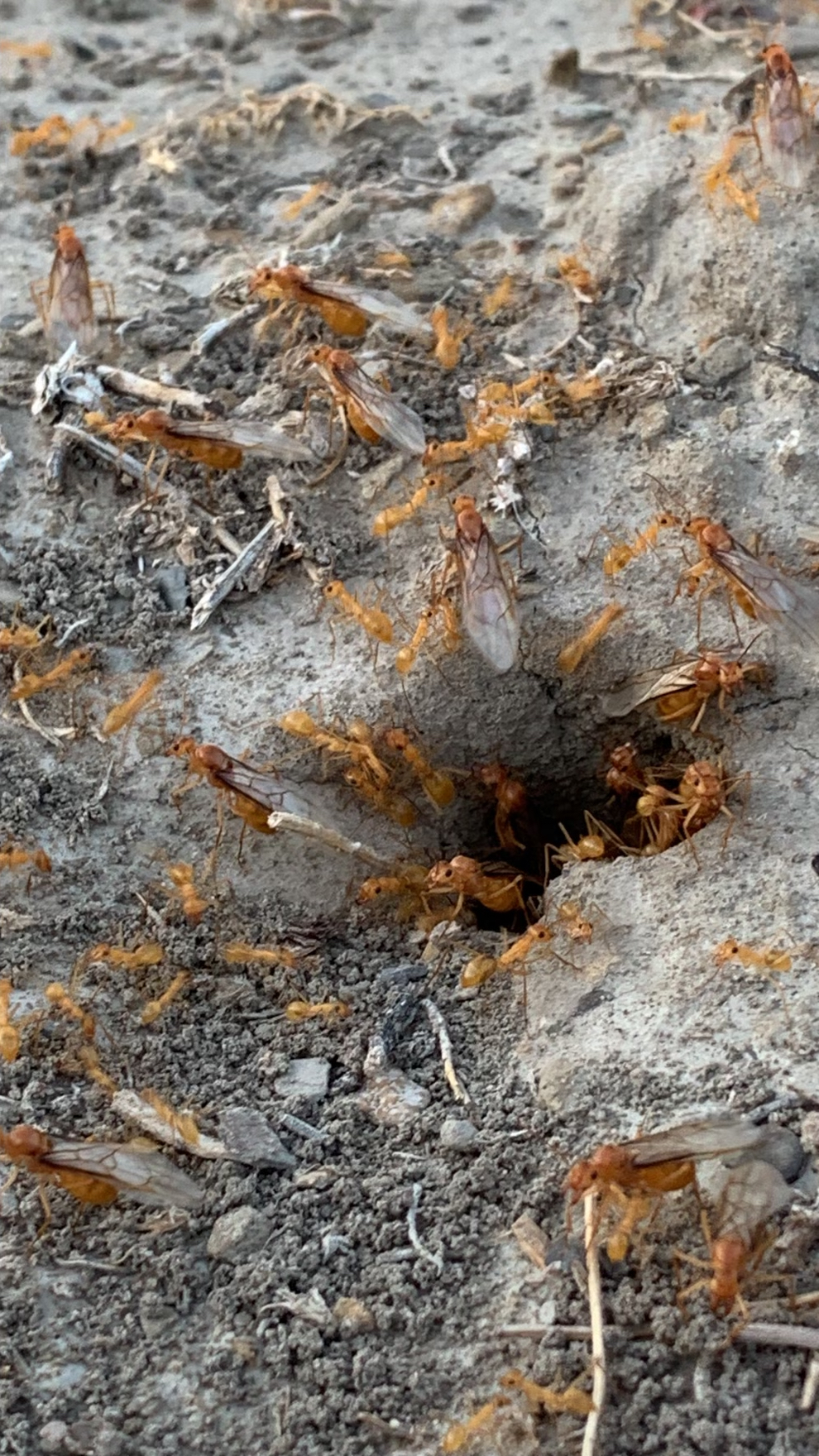
Myrmecocystus mexicanus
Edited by UtahAnts, August 5 2024 - 6:51 PM.


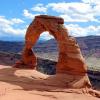
 This topic is locked
This topic is locked



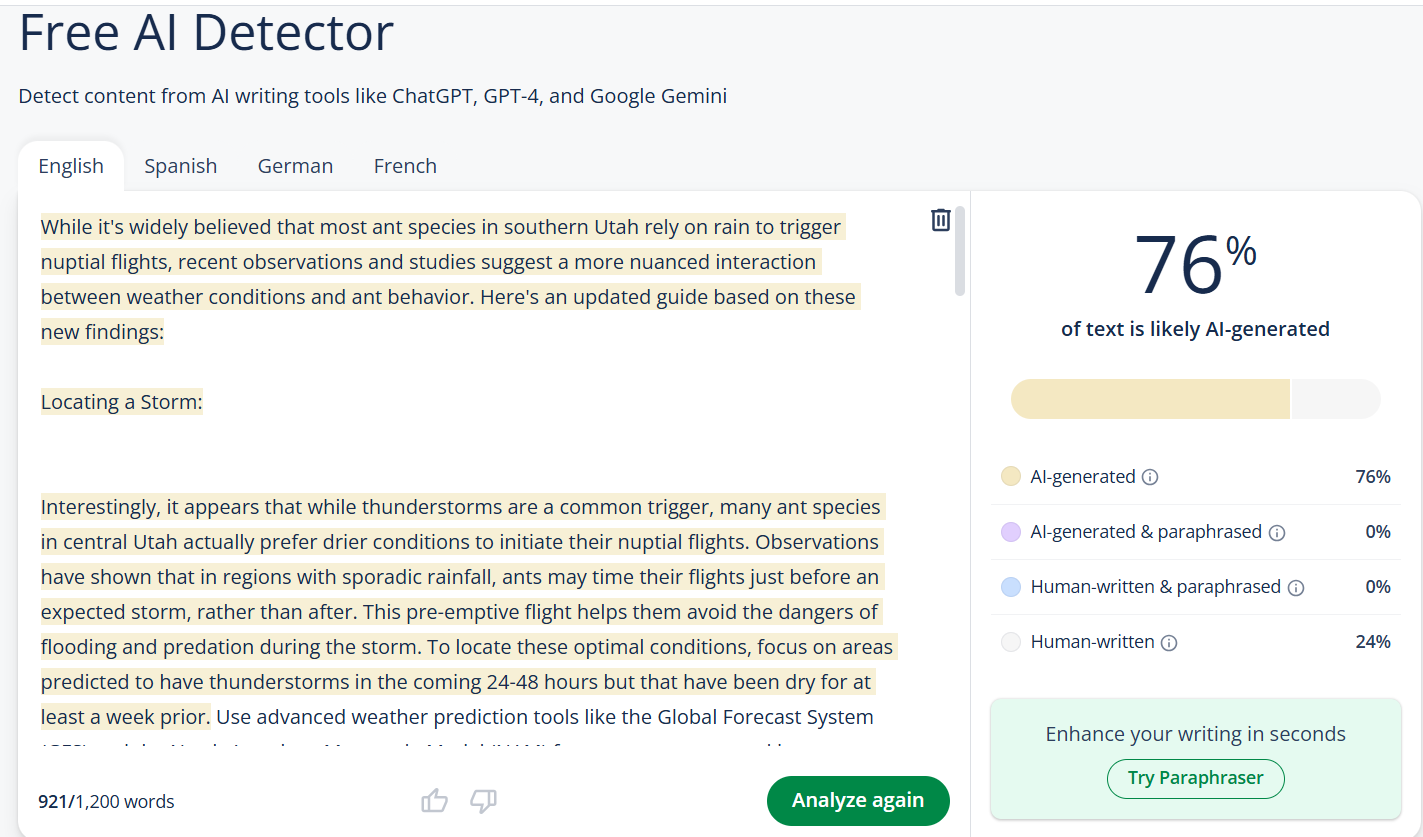
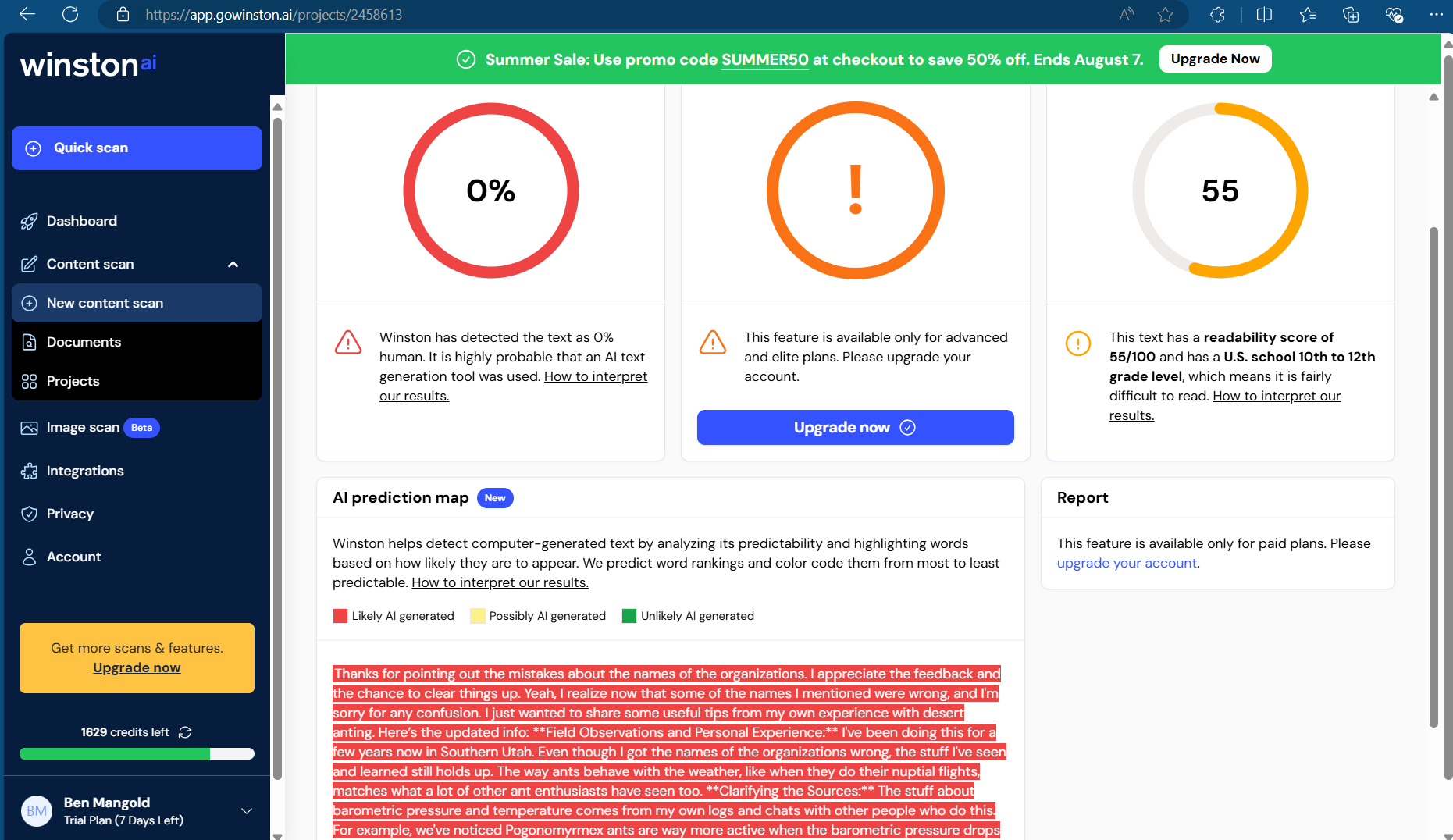
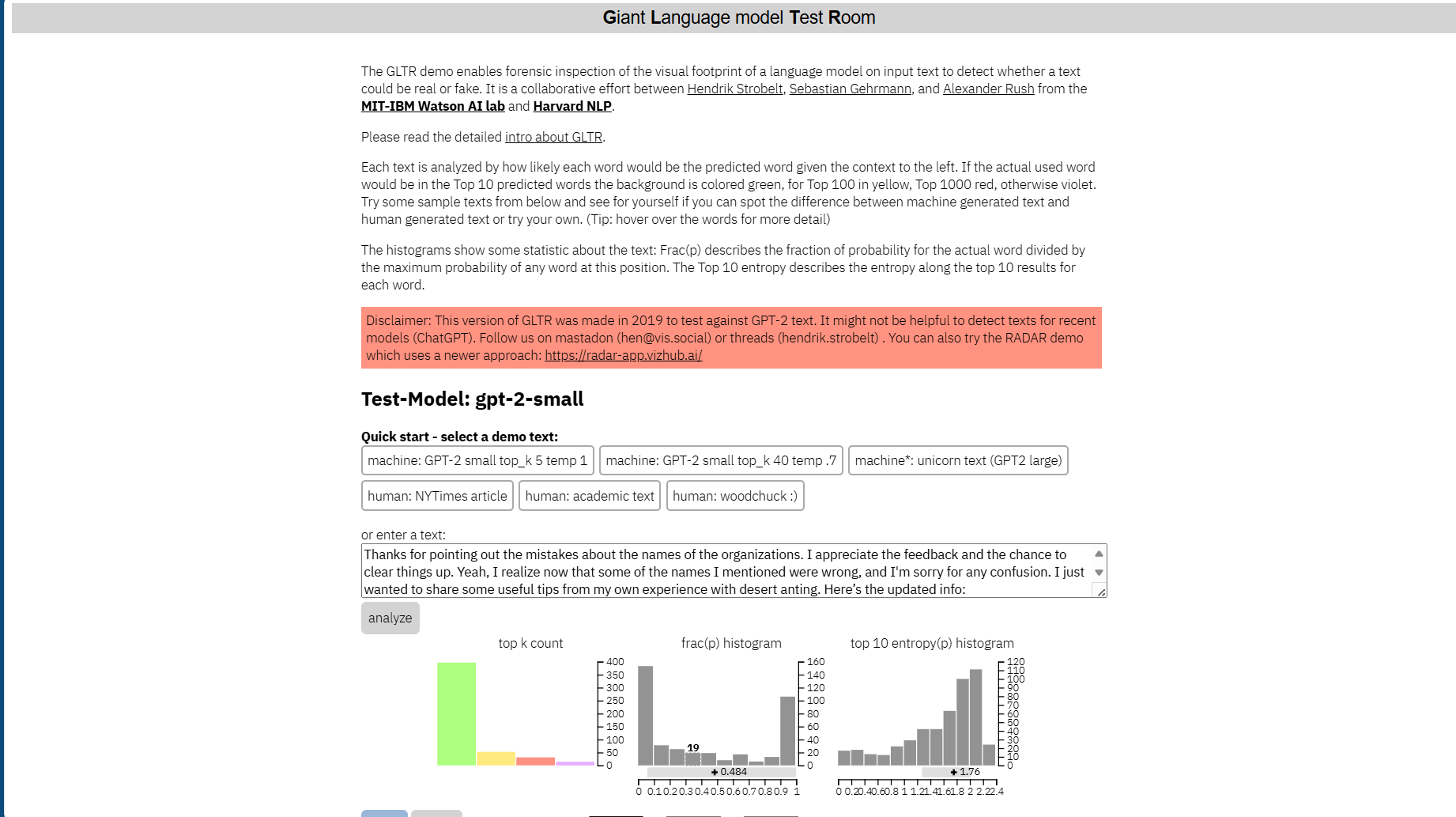
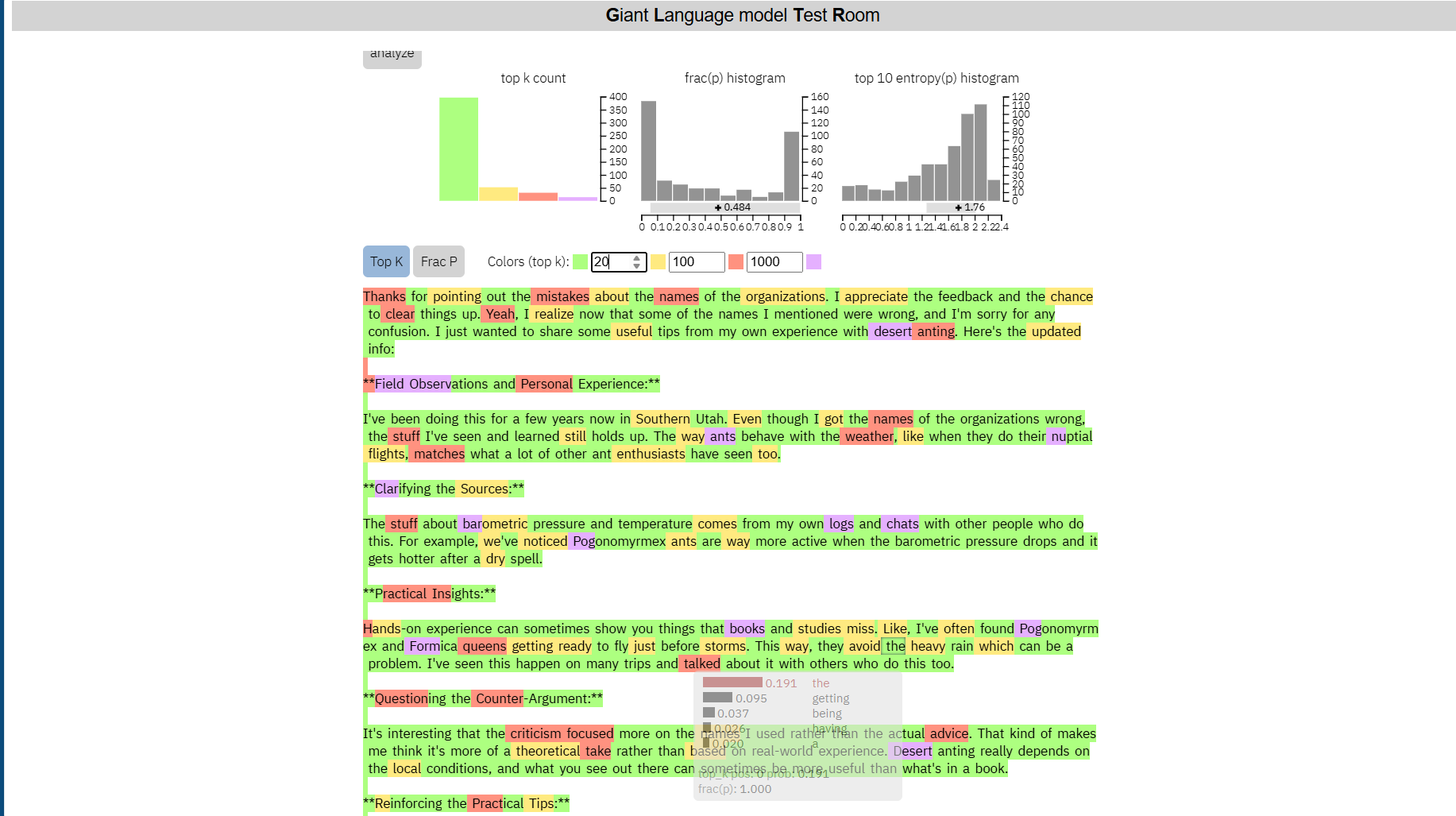
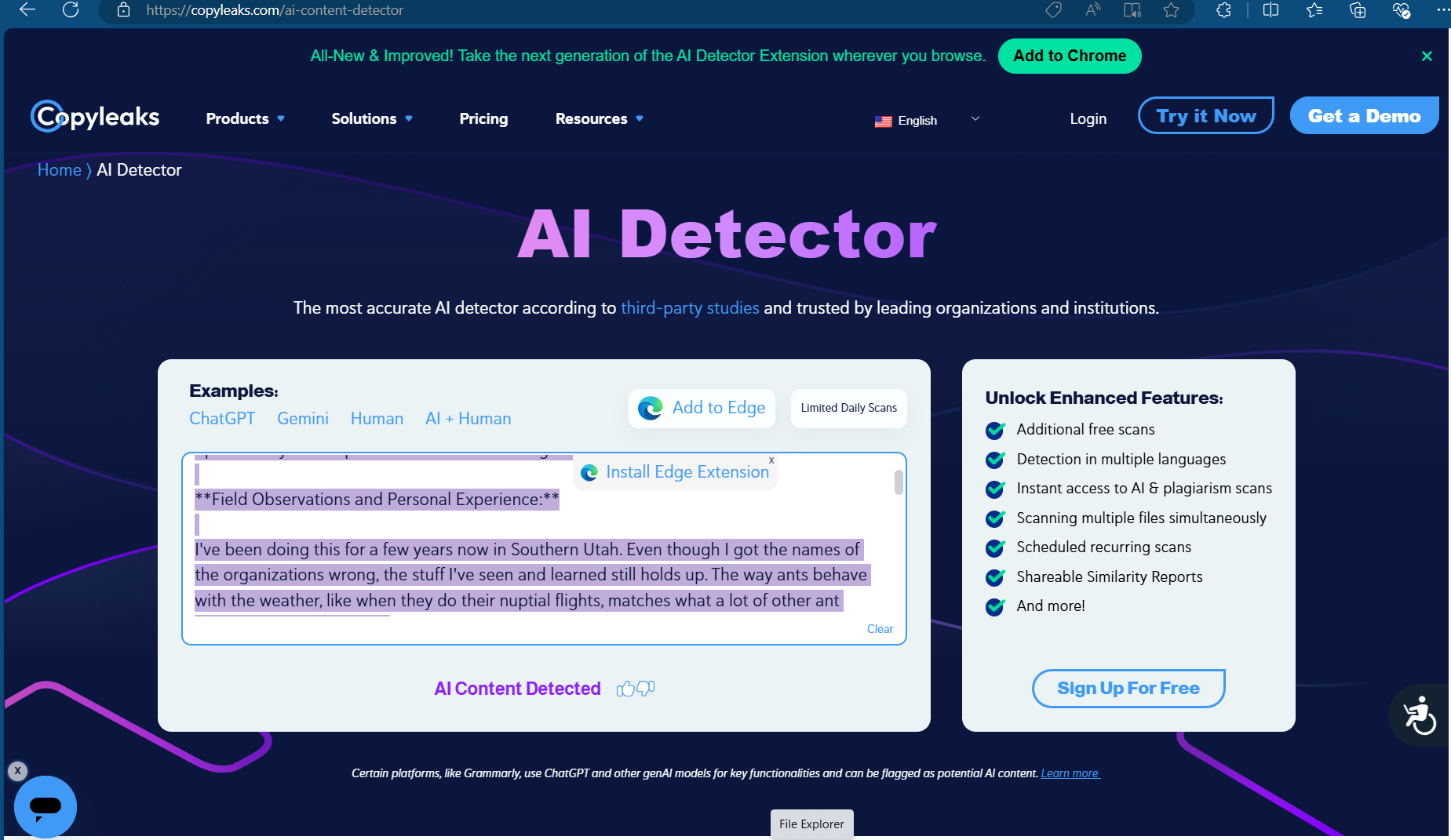
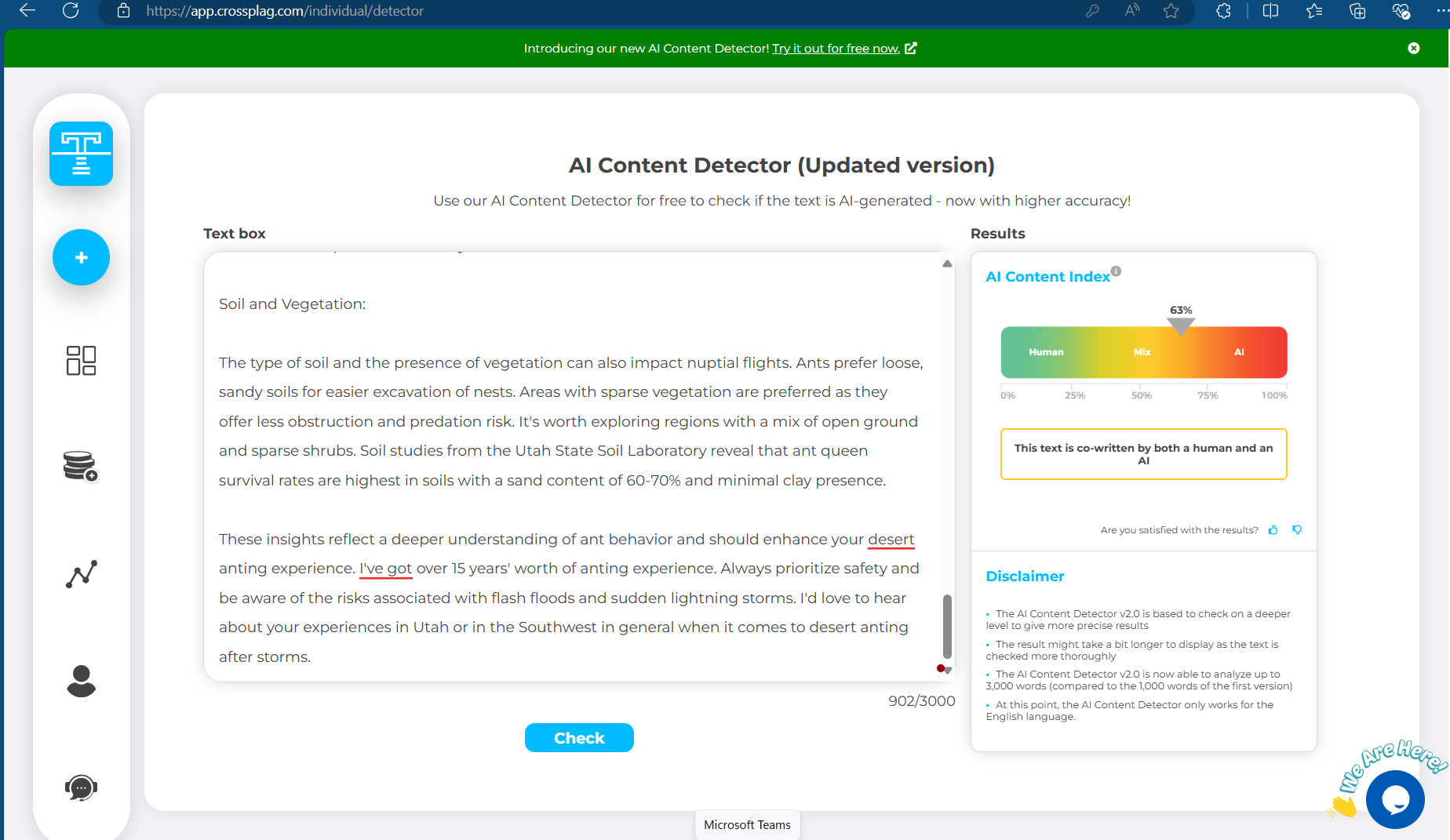
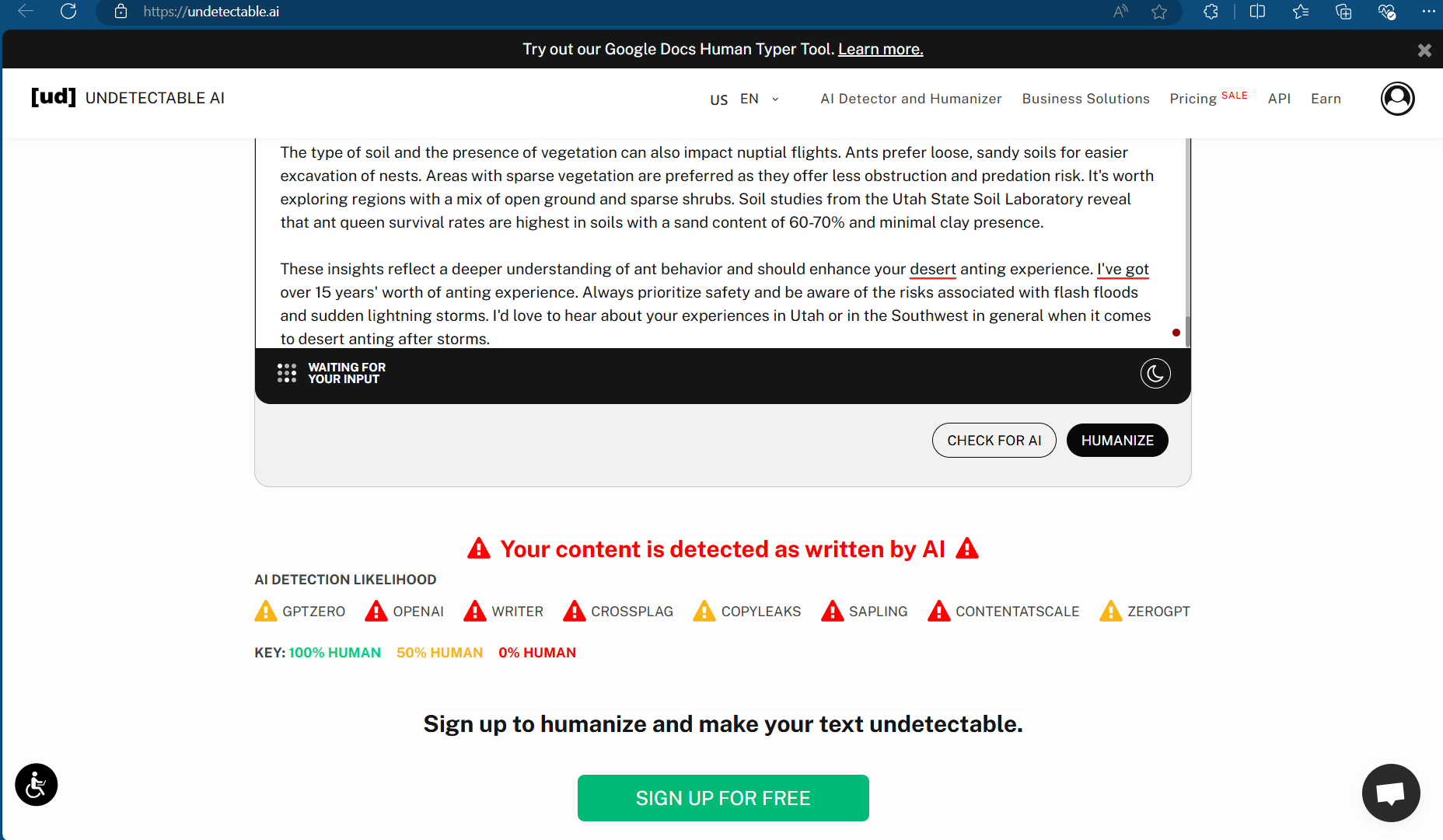









![UA's Lasius latipes [Discontinued] - last post by BDantsalberta](https://www.formiculture.com/uploads/profile/photo-thumb-7469.jpg?_r=1715751681)
